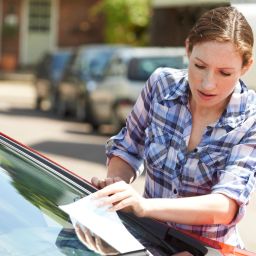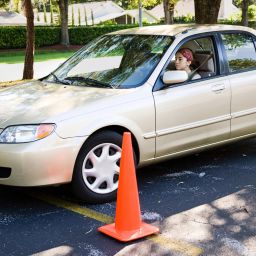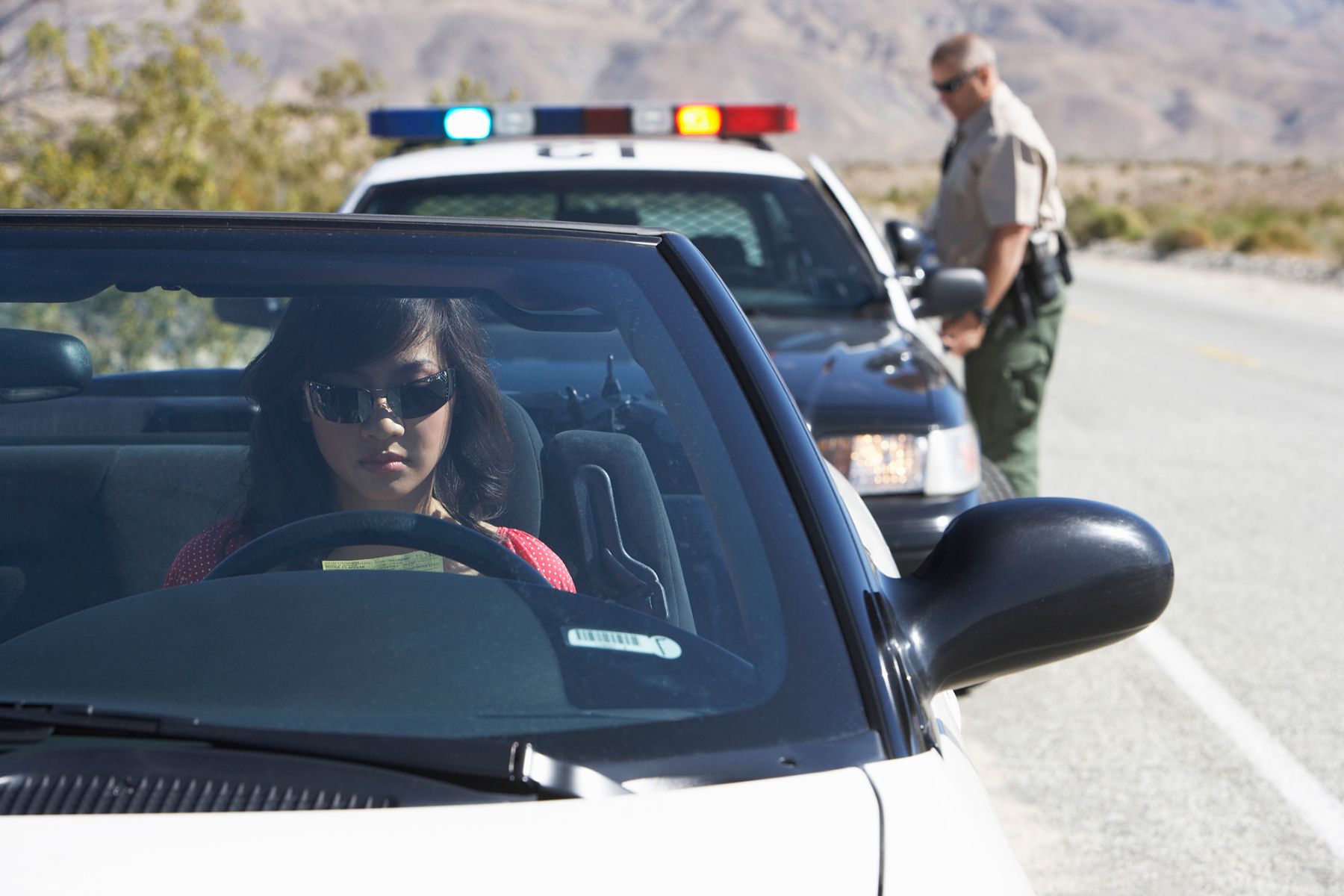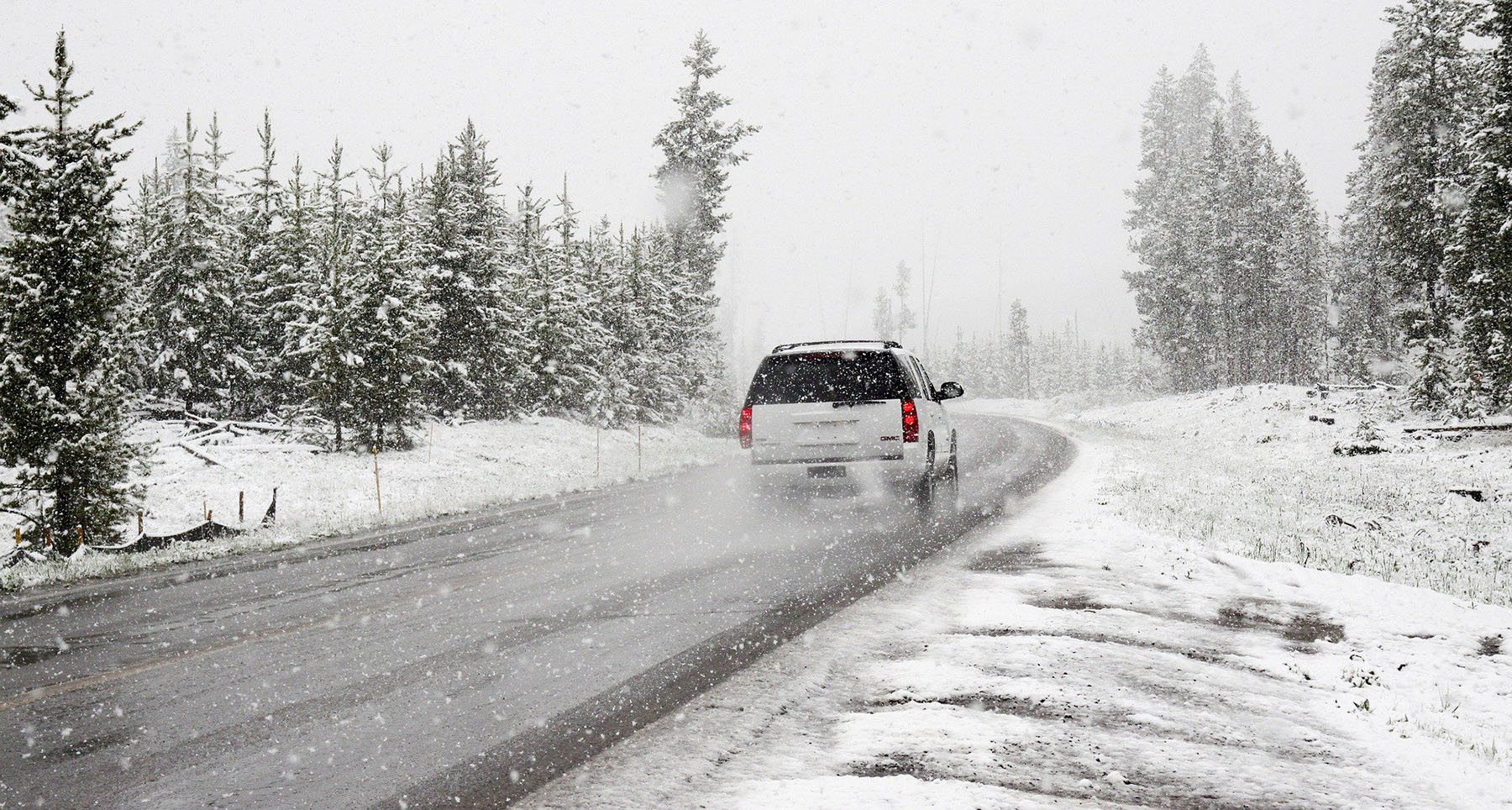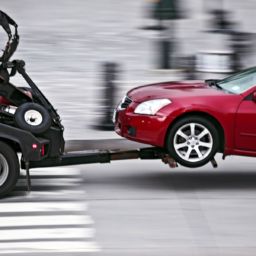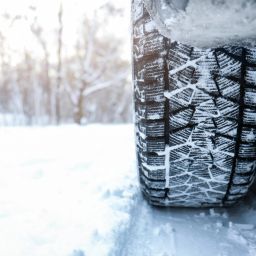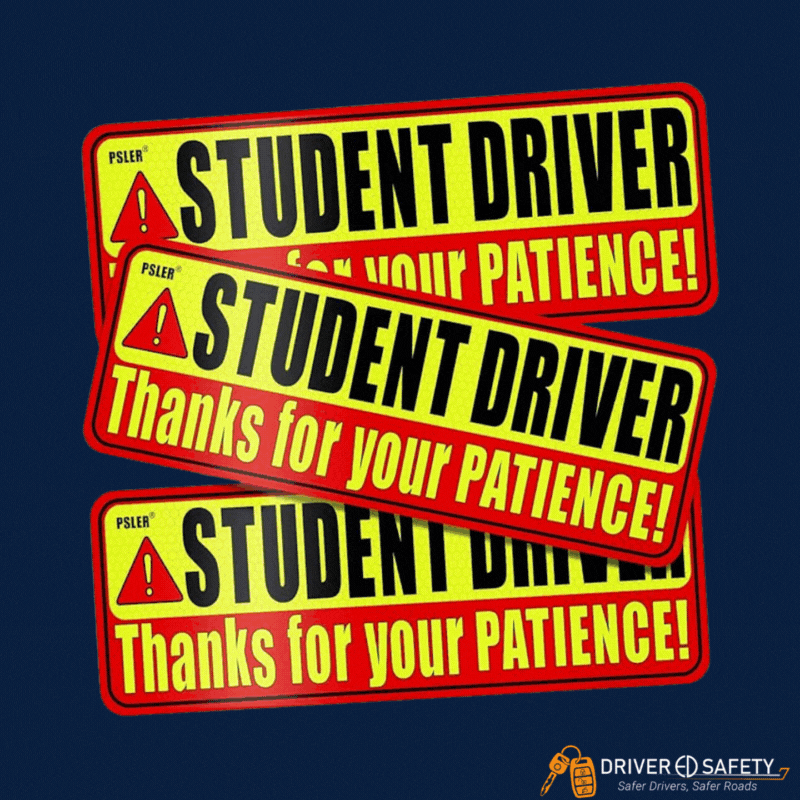
The driving habits you form as a teen often stick with you for the rest of your life. Consistently practicing defensive driving builds a foundation of safety from the moment you sit behind the wheel, keeping you and other drivers safe on the road. January is Teen Driving Awareness Month, an excellent reminder for student drivers to refresh some safety precaution knowledge.
Statistics say teen drivers face higher risks behind the wheel, given their lack of experience and impressionable age. According to the Centers for Disease Control and Prevention, teen drivers have a fatal crash rate almost three times as high as drivers ages 20 and older per mile driven. At DriverEd Safety, our priority is to minimize danger in safe driving practices, so let’s run through some simple (yet effective) steps teen drivers can take to prevent as many negative outcomes on the road as possible.
PUT AWAY THE PHONE
The CDC reported that 39 percent of teens have admitted to texting while driving (yikes). Instead, set up your GPS app, decide on a good playlist, and answer your important texts before you put the car in motion. If you get distracted easily by your phone notifications, consider silencing your phone or putting it on “Do Not Disturb.” Apple also offers a safety feature called “Driving Focus” for your phone, which turns on automatically when you’re in a moving car.
Indiana is a hands-free state, meaning that Indiana law prohibits drivers from holding mobile devices, such as smartphones and tablets, while driving to reduce distracted driving and improve safety on Hoosier roadways. If you’re under 21, it’s illegal to use your mobile device in any capacity, even hands-free. So, if you need to pick up your phone or change your music, enlist the help of your passenger or safely pull over before picking up your cell phone.
SOBER DRIVING–IT’S THE ONLY WAY
This should be a no-brainer, especially considering the legal drinking age and the popularity of ride apps like Uber and Lyft. Remember: driving and alcohol don’t mix, and the results could forever alter your life (and others) in a negative way.
Even when you are not the one driving, do not get into a car with an adult who has had too much to drink. Use your best judgment when someone offers you a ride. If you have any doubts about their ability to drive, it’s best to decline the offer and find another way home.
CHECK THE WEATHER
The saying “the only constant is change” directly applies to Indiana’s weather. Rain, snow, wind, high temperature, and every other weather condition you could think of can affect how (or if) you should drive. Always pay attention to conditions and be prepared for anything!
If you do get caught in the rain, snow, or ice, it’s encouraged to drive under the speed limit to minimize the risk of sliding or hydroplaning. It is best to increase the following distance between your car and the car ahead of you in case traffic comes to a halt and you have to suddenly hit the brakes. This is especially important in inclement weather.
PAY ATTENTION TO YOUR CAR
Taking care of your car will not only cause it to last longer but will also help keep you safe. Pay attention to what is going on with your car.
Be mindful of how your car signals it’s time for an oil change. Newer cars have an oil change light that lights up on the dashboard of your car when it’s time, but you can also check the oil change sticker on your front windshield for the recommended mileage mark.
Learn the basics of car maintenance. If the engine light comes on, schedule an appointment with a mechanic to read your car’s code and diagnose the issue. If your tire pressure light comes on, you can manually check it with a tire pressure gauge and fill your tires at a gas station, auto shop, or with a personal tire inflator.
READ THE RULES OF THE ROAD
Learning to read traffic is especially useful for slow or stopped traffic. The first rule of thumb is to always pay attention to the car in front of you and the vehicles in front of it. This will give you cues into what traffic is like up ahead and will prepare you for any sudden braking, merging, etc.
Remember to stay a safe distance behind the car in front of you at all times. Stay mindful of the three-second rule. This can be gauged by choosing a stationary object the vehicle in front of you will pass and counting from when they pass it to when you pass the object. If you pass the object in less than three seconds, you should create more distance between you. Tailgating is dangerous—and can even trigger angry drivers. Leaving enough space between you and the driver ahead of you, both in motion and when stopped, is a must to avoid collisions (especially a “chain reaction” crash) and wear and tear on your car from sudden braking.
BE PREPARED IN CASE OF EMERGENCY
As much as we plan and prepare, we still can’t anticipate every accident that may come our way. However, there are some precautions you can take if you find yourself in an unexpected situation. If you find yourself stranded due to car trouble, having a stocked emergency kit in your vehicle could be a literal lifesaver. Remember to turn on your hazard lights and call for roadside assistance immediately.
DRIVE SAFER WITH DRIVER ED SAFETY
These tips just scratch the surface of all there is to learn as a new driver. Driver Ed Safety offers an Online Course and Behind The Wheel lessons to ensure that student drivers learn defensive driving skills that they can apply on the open road. Get started today!






